The final 100 km of the iconic Camino de Santiago, stretching from Sarria to Santiago de Compostela, offers a remarkable pilgrimage experience for travelers seeking to enjoy Galicia’s stunning landscapes and rich cultural heritage. This segment of the renowned pilgrimage route allows adventurers to traverse charming villages, historical sites, and serene countryside, culminating in the profound arrival at the iconic Cathedral of Santiago de Compostela, a UNESCO World Heritage Site. With well-marked trails and a supportive community, pilgrims can embark on a transformative spiritual journey that will leave a lasting impact.
Key Points
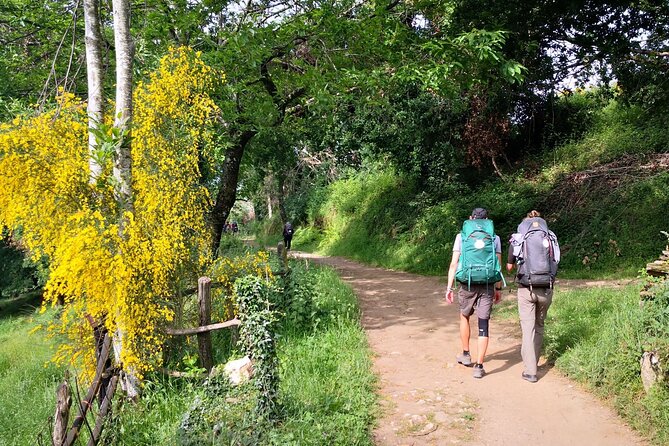
- The last 100 km of the Camino De Santiago, from Sarria to Santiago de Compostela, typically takes 5 to 6 daily stages.
- The first stage from Sarria to Portomarin covers approximately 22 km, with subsequent stages ranging from 14.5 to 19 km.
- Accommodation options along the route include comfortable hotels, inns, albergues (pilgrim hostels), private apartments, and camping facilities.
- Highlights of the final stretch include the picturesque Galician countryside, historic towns, and the profound arrival at the Cathedral of Santiago de Compostela.
- Proper preparation, including sturdy hiking boots, moisture-wicking clothing, and a well-stocked first-aid kit, is essential for a successful and enjoyable pilgrimage.
Overview of the Camino De Santiago
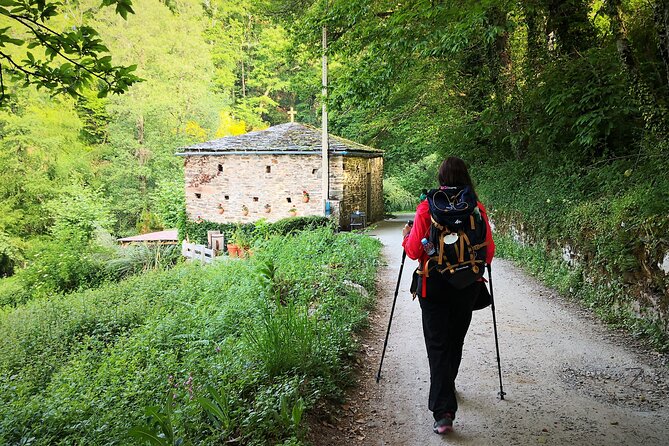
The Camino de Santiago, often referred to as the Way of St. James, is a renowned pilgrimage route that leads to the Cathedral of Santiago de Compostela in Galicia, Spain.
This iconic journey spans across multiple countries, with the last 100 km from Sarria to Santiago de Compostela being a popular segment for many travelers.
The route offers a unique opportunity to take in the rich history, culture, and natural beauty of the region. Hikers can expect well-marked trails, charming villages, and a supportive community of fellow pilgrims.
The Camino de Santiago is a deeply meaningful experience for those seeking spiritual, physical, or personal transformation.
You can also read our reviews of more tours and experiences in Sarria.
Preparing for the Pilgrimage
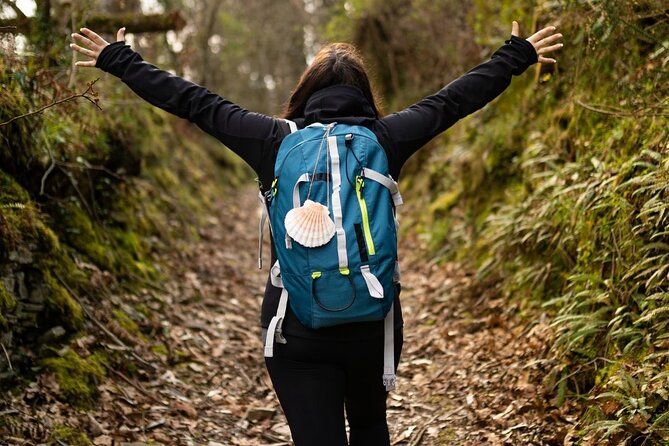
Preparing for the pilgrimage along the Camino de Santiago’s last 100 km requires careful planning and consideration.
Pilgrims should ensure they’ve the necessary:
- Sturdy and broken-in hiking boots
- Lightweight, moisture-wicking clothing
- Sufficient food and water for the daily stages
- First-aid kit and any necessary medications
On top of that, pilgrims should familiarize themselves with the route, accommodations, and transportation options to ensure a smooth and enjoyable experience.
With proper preparation, the Camino de Santiago’s last 100 km can be an immensely rewarding and unforgettable journey.
Daily Stages and Distances
Traversing the Camino de Santiago‘s last 100 km typically spans 5 to 6 daily stages, with distances ranging from 15 to 22 kilometers per day.
The first stage from Sarria to Portomarín covers approximately 22 km.
The subsequent stages include Portomarín to Palas de Rei (19 km), Palas de Rei to Melide (14.5 km), Melide to Arzúa (14.5 km), and Arzúa to Rúa/O Pedrouzo (18.5 km).
The final stage from Rúa/O Pedrouzo to Santiago de Compostela is approximately 20 km.
This gradual and manageable progression allows pilgrims to fully enjoy the journey while reaching their destination with a sense of accomplishment.
Accommodations and Facilities
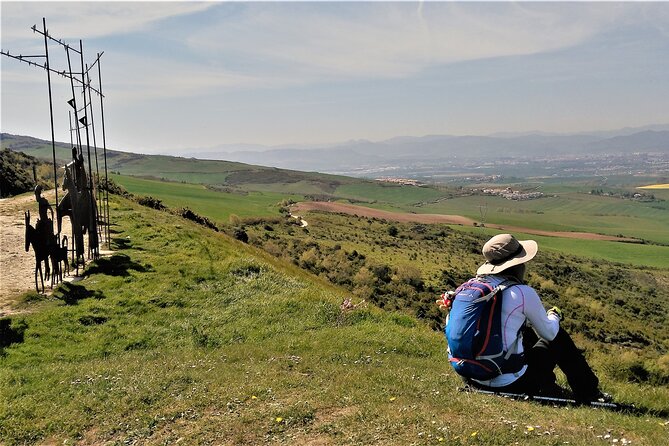
Along the Camino de Santiago‘s last 100 km, pilgrims can look forward to a range of accommodations and facilities catered to their needs.
Accommodation options include:
-
Comfortable hotels and inns, often located in historic buildings, providing modern amenities and a restful atmosphere.
-
Albergues (pilgrim hostels), offering basic but clean dormitory-style lodging at affordable prices.
-
Private apartments and vacation rentals, providing more privacy and independence.
-
Camping facilities for those who wish to experience the Camino more intimately with nature.
Pilgrims can also find a variety of services, including luggage transfer, pilgrim’s credential stamping, and medical assistance, ensuring a seamless and enjoyable journey.
Highlights and Points of Interest
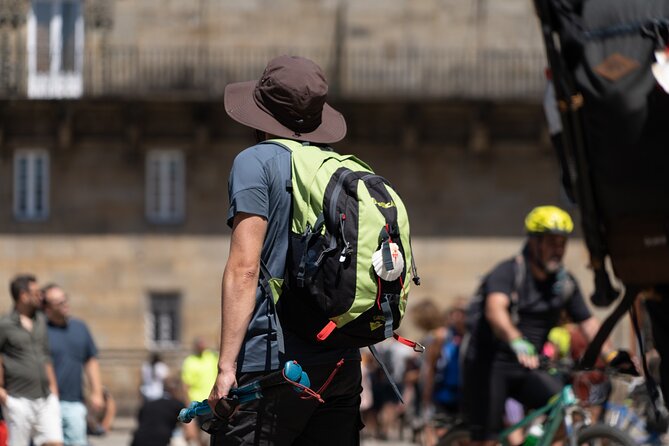
The journey along the last 100 km of the Camino de Santiago is rich with captivating highlights and points of interest that leave a lasting impression on pilgrims.
The historic town of Sarria marks the starting point, offering a chance to take in the spirit of the pilgrimage.
Winding through the picturesque Galician countryside, the route showcases ancient churches, quaint villages, and breathtaking landscapes.
The arrival at the iconic Cathedral of Santiago de Compostela, the final destination, is a profound and emotional experience.
Along the way, pilgrims can discover local cuisine, engage with fellow travelers, and connect with the deep cultural heritage of this renowned spiritual journey.
Cultural and Historical Significance
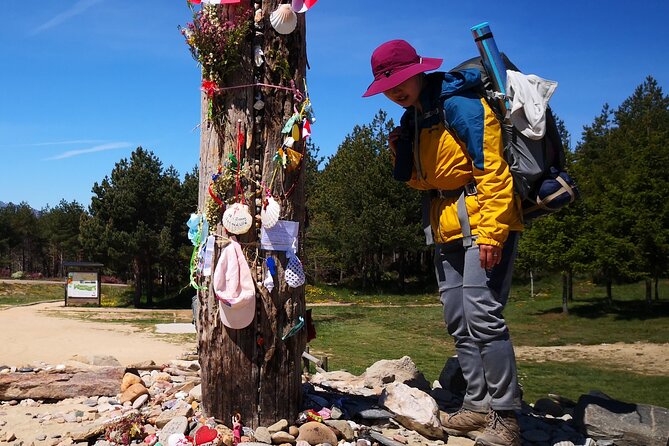
The Camino de Santiago is imbued with a profound cultural and historical significance that has captivated pilgrims for centuries. This ancient pilgrimage route to the Cathedral of Santiago de Compostela, the final resting place of St. James the Great, holds deep religious, spiritual, and symbolic importance:
-
The Camino has been a key part of Christian devotion since the Middle Ages, attracting millions of pilgrims from across Europe.
-
The route passes through picturesque Galician landscapes, historic towns, and important religious sites, offering a unique glimpse into Spain’s cultural heritage.
-
Completing the Camino is considered a transformative journey, challenging both physically and spiritually.
-
The Cathedral of Santiago de Compostela is a UNESCO World Heritage Site and one of the most important Christian pilgrimage destinations in the world.
Packing and Gear Recommendations
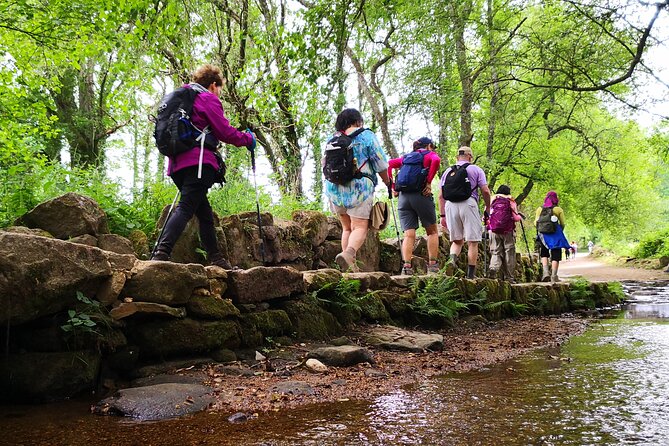
Packing the right gear is key to ensuring a comfortable and successful journey along the Camino de Santiago’s Last 100 km. Invest in high-quality, lightweight hiking boots with good traction to protect your feet.
Bring moisture-wicking base layers, breathable outer layers, and a lightweight rain jacket. Pack a reusable water bottle, snacks, and sun protection. Trekking poles can help reduce strain on your knees.
Don’t forget a small first-aid kit, personal toiletries, and a power bank for your devices. Carry only the essentials in a comfortable backpack.
With the right preparation, you’ll be well-equipped to tackle the scenic and historic route to Santiago de Compostela.
Frequently Asked Questions
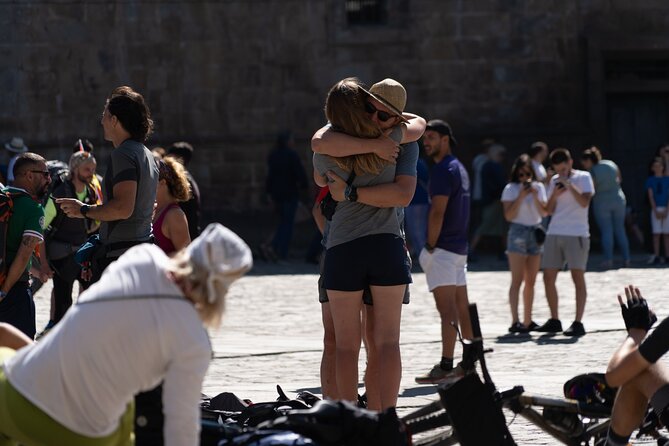
Across the journey along the Camino de Santiago’s Last 100 km, prospective pilgrims often raise several common queries.
-
What’s the difficulty level of this section? The final 100 km is considered moderate, requiring a good level of physical fitness but not extreme exertion.
-
Are there luggage transfer services available? Yes, the tour package includes the transfer of luggage between accommodations, allowing pilgrims to walk unencumbered.
-
How accessible is the route for those with mobility limitations? While not wheelchair-accessible, the route is generally stroller-friendly, and service animals are permitted.
-
What’s the maximum group size? The tours are capped at 100 travelers, ensuring an intimate and personalized experience.
Frequently Asked Questions
Can I Start the Camino From Any Point Along the Route?
One can typically start the Camino de Santiago route from any point along the way, but the typical starting point is Sarria, which is the last 100 km to Santiago de Compostela. This allows pilgrims to complete the final stage of the pilgrimage.
Are There Any Restrictions on Group Size for the Tour?
The tour has a maximum group size of 100 travelers. This allows for an intimate experience while ensuring adequate resources and accommodation availability along the route. The group size is manageable for a smooth and enjoyable journey.
What Is the Minimum Age Requirement for Participants?
The tour doesn’t specify a minimum age requirement. However, it does state that a moderate physical fitness level is necessary, so participants should be old enough to comfortably complete the 100 km trek.
Is There an Option to Have a Private Guide for the Tour?
There’s no mention of a private guide option in the provided information. The tour appears to be a self-guided experience with telephone assistance en route. Participants will have to make their own arrangements if they desire a private guide.
Can I Extend My Stay in Santiago De Compostela at the End of the Tour?
Yes, travelers can extend their stay in Santiago de Compostela at the end of the tour. The tour provider allows for additional nights to be booked beyond the completion of the 100km Camino walk.
Recap
The final 100 km of the Camino de Santiago from Sarria to Santiago de Compostela offer pilgrims a truly unforgettable experience. Trekkers can enjoy Galicia’s stunning landscapes, rich cultural heritage, and vibrant community support. This journey culminates in the profound arrival at the iconic Cathedral of Santiago de Compostela, a fitting end to a spiritual pilgrimage.
